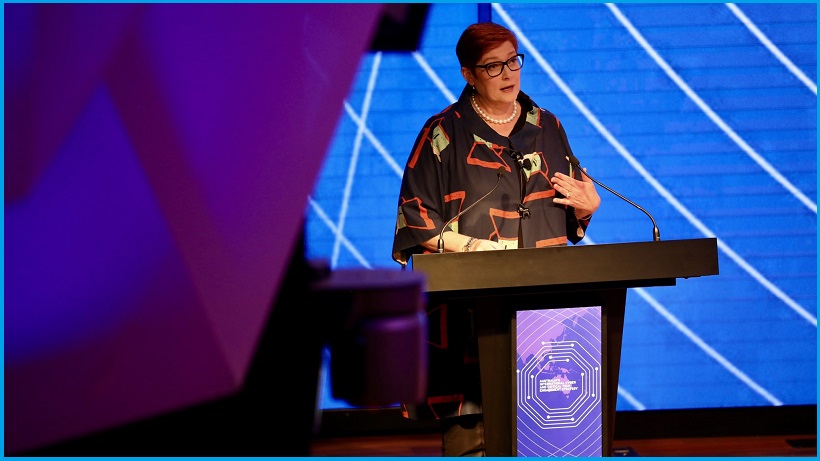The government wants to take a leading role in the development of emerging technologies in the Indo-Pacific region at a time of geopolitical uncertainty.
Foreign Affairs Minister Marise Payne unveiled an updated International Cyber Engagement Strategy on Wednesday which now also has a broader focus on ‘critical technology’.
“Australia and our international friends, partners and allies must shape the design, development and use of technology to reflect our values and interests,” Payne said.
“If we fail, we face a more uncertain future and increasing difficulties in protecting our prosperity, security, and sovereignty.”
Critical technologies are those with “the capacity to significanly enhance, or pose risks to, Australia’s prosperity, society and national security”.
The 2021 International Cyber and Critical Technology Engagement Strategy is built on three pillars: a values-based approach to technology; building secure systems that support international peace; and fostering technology that creates economy growth.
In her foreword, Payne recognised the potential technology has for misuse.
“This includes unlawful invasive surveillance, malign influence operations using disinformation, and new ways to control populations and conduct foreign interference including political and economic coercion,” she said.
“The misuse of technology has exacerbated social divisions and inequality, and has been used to promote messages of hate and terror.
“Countries and companies at the cutting edge of innovation in these critical technologies often promote values that are at odds with our own.”
At its core, the strategy is a diplomatic framework that outlines Australian foreign policy for cyberspace and innovation.
This covers the nation’s position around issues like the ethical use of artificial intelligence, human rights in the digital age, and dealing with the spread of misinformation and disinformation largely through diplomatic means like the recent condemnation of Russia’s involvement in the SolarWinds cyber attack.
Financial support
The government will also be putting some money toward projects that fit its aims.
An extra $20.5 million will go to the Cyber and Critical Tech Cooperation Program for cyber security in Southeast Asia and a further $17 million to other countries in the Pacific for improving their cyber capabilities.
On Wednesday Payne also announced the first successful projects to win grants under the $12.7 million Australia-India Cyber and Critical Technology Partnership.
Three projects won a maximum yearly grant of $500,000 for their proposals focusing on ethics in quantum computing, critical technologies, and next generation telecommunications.
In many ways the new foreign tech strategy fits with the government’s attempts to re-position Australia as a regional power in the Indo-Pacific which were outlined in last year’s updated defence budget.
Yet as Australia signals its leadership intentions, big tech companies have long tried to establish market roots dominance in the Asia-Pacific region.
India has been a key battleground for Silicon Valley with Facebook and Google both trying to offer free internet for Indian citizens in failed attempts at gathering data and onboarding new users to their data surveillance ecosystems.
And while Australia puts millions towards regional development projects, Google said it is investing $14 billion in India alone.










